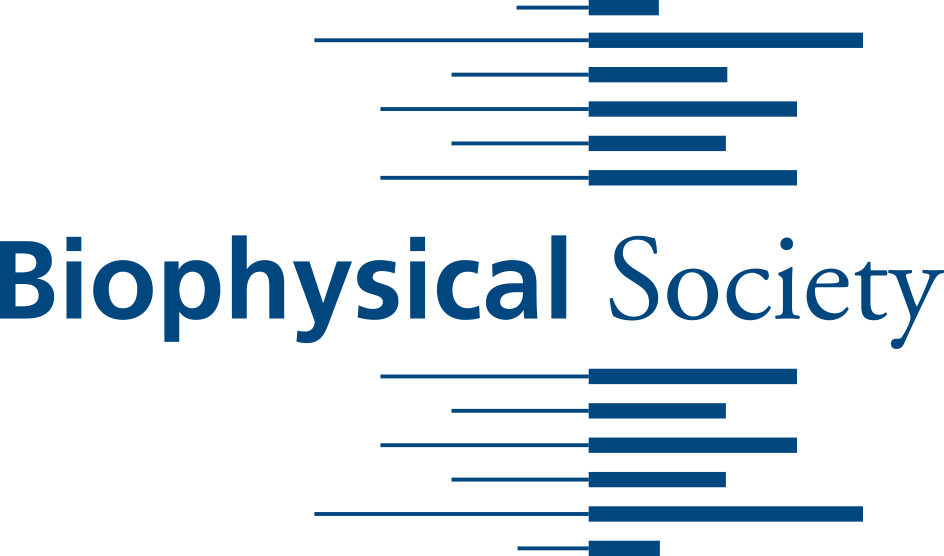Hibernation Offers New Insight into Protection from Cardiac Arrhythmias
Newswise — San Diego, Calif. – How much calcium could a hibernating woodchuck’s heart cells sequester, if a hibernating woodchuck’s heart cells could sequester calcium? More than enough, it turns out, to protect the animals from cardiac arrhythmias – abnormal heart rhythms such as ventricular tachycardia and ventricular fibrillation that can lead to sudden cardiac death – according to a new study of the hibernating animals that may provide insight into arrhythmia therapies. The findings will be presented at a poster session at the 56th Annual Meeting of the Biophysical Society (BPS), which will take place Feb. 25-29 in San Diego, Calif.
Bear and bats can be roused from their slumber by external stimuli. But woodchucks (Marmota monax), also known as groundhogs, are “true hibernators,” which means they can enter a profoundly altered physiological state: their body temperature drops to near-ambient levels (often as low as freezing) and heart and respiration rates slow dramatically. Despite – or perhaps because of – these changes, hibernating animals have been found to be more resistant to cardiac arrhythmias and sudden cardiac death.
Electrophysiologist Lai-Hua Xie, an assistant professor at the University of Medicine and Dentistry of New Jersey (UMDNJ)-New Jersey Medical School in Newark, and his colleagues examined muscle cells, or myocytes, isolated in winter and in summer from woodchucks. Using a charge-coupled device (CCD) camera, the researchers monitored the release and uptake of calcium ions when the cells were activated. The team found that in winter woodchucks, the myocyte sarcoplasmic reticulum – the membrane system in muscle cells that stores and releases calcium – had less spontaneous leakage of calcium, released more of it during excitation, and took it back up faster than that of summer woodchucks or non-hibernating animals. This is likely, he says, “to generate a stronger contraction and faster relaxation, and most importantly, to prevent abnormal changes in the heart’s electrical activities called afterdepolarizations."
The overall effect, Xie says, is a “higher resistance to arrhythmia in woodchucks in winter. Understanding these cardiac adaptive mechanisms in hibernators may suggest new strategies to protect non-hibernating animals, especially humans, from fatal cardiac arrhythmias induced by hypothermic stresses and myocardial ischemia.”
Xie and his colleagues conducted the work with funding from the National Institutes of Health and in collaboration with Stephen Vatner, director of the UMDNJ-New Jersey Medical School Cardiovascular Research Center.
The presentation, “Calcium handling properties in a hibernating animal: Insights into antiarrhythmic mechanisms,” is at 1:45 on Sunday, Feb. 26, 2012, in the San Diego Convention Center, Hall FGH. ABSTRACT: http://tinyurl.com/7mtrp4a
###
This news release was prepared for the Biophysical Society (BPS) by the American Institute of Physics (AIP).
ABOUT THE 2012 ANNUAL MEETINGEach year, the Biophysical Society Annual Meeting brings together over 6,000 research scientists in the multidisciplinary fields representing biophysics. With more than 4,000 poster presentations, over 200 exhibits, and more than 20 symposia, the BPS Annual Meeting is the largest meeting of biophysicists in the world. Despite its size, the meeting retains its small-meeting flavor through its subgroup meetings, platform sessions, social activities, and committee programs.
The 56th Annual Meeting will be held at the San Diego Convention Center (111 W. Harbor Drive, San Diego, CA 92101), located three miles from the San Diego International Airport and less than one mile from the Amtrak station. The San Diego Trolley has two stops directly in front of the Center at Harbor Drive/First Avenue and Harbor Drive/Fifth Avenue.
QUICK LINKSMeeting Home Page: http://www.biophysics.org/2012meeting/Main/tabid/2386/Default.aspx Housing and Travel Information: http://www.biophysics.org/2012meeting/AccommodationsTravel/HotelInformation/tabid/2479/Default.aspx Program Abstracts and Itinerary Planner:http://www.abstractsonline.com/plan/start.aspx?mkey=%7B5B4BAD87%2D5B6D%2D4994%2D84CE%2DB3B13E2AEAA3%7D
PRESS REGISTRATIONThe Biophysical Society invites credentialed journalists, freelance reporters working on assignment, and public information officers to attend its Annual Meeting free of charge. For more information on registering as a member of the press, contact Ellen Weiss, Director of Public Affairs and Communications ([email protected], 240-290-5606), or visit http://www.biophysics.org/2012meeting/Registration/Press/tabid/2477/Default.aspx.
ABOUT BPSThe Biophysical Society (BPS), founded in 1956, is a professional scientific society established to encourage development and dissemination of knowledge in biophysics. The Society promotes growth in this expanding field through its annual meeting, monthly journal, and committee and outreach activities. Its 9000 members are located throughout the U.S. and the world, where they teach and conduct research in colleges, universities, laboratories, government agencies, and industry. For more information on the Society or the 2012 Annual Meeting, visit www.biophysics.org.
MEDIA CONTACT
Register for reporter access to contact detailsCITATIONS
56th Annual Meeting of the Biophysical Society

